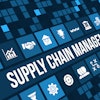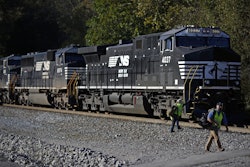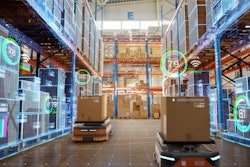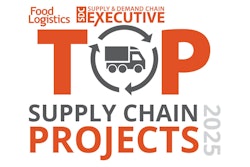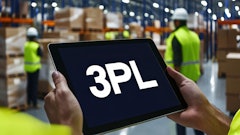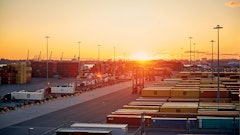
As governments enact sweeping regulations to eliminate forced labor, child exploitation, and environmental abuses, companies are under growing pressure to take full responsibility for every link in their global sourcing networks. From the European Union’s Corporate Sustainability Due Diligence Directive (CSDDD) to America’s Uyghur Forced Labor Prevention Act (UFLPA), these laws are reshaping how businesses monitor and verify the conditions under which products are made. Combined with increasing consumer demand for transparency on human rights and environmental practices, these forces are driving a fundamental shift in how companies oversee their supply chains. To navigate this new landscape, companies must embrace advanced digital tools that enable real-time visibility and accountability at every level of their supply chains. Increasingly, these tools extend beyond raw material sourcing to offer full visibility across a product’s entire life cycle, from design and production to delivery and disposal, enabling brands to address sustainability and labor concerns from start to finish.
Technology is making it possible to achieve the level of oversight that regulators and consumers now demand. Multi-enterprise supply chain platforms and new artificial intelligence innovations are playing an increasingly pivotal role in monitoring supplier networks, ensuring compliance, and mitigating risks before they escalate into legal or reputational crises. These tools offer capabilities that traditional compliance methods never could. Rather than relying on periodic audits that provide only a limited snapshot of a supplier’s conditions, AI enables continuous monitoring, alerting companies to potential labor violations in real time. With an estimated 50 million people trapped in modern slavery worldwide, including 28 million in forced labor, proactive oversight is critical.
While all industries are susceptible to labor abuses, fashion is uniquely vulnerable to them. The U.S. Department of Labor has identified countries including India, Turkey, China, Vietnam, Azerbaijan, Benin, Brazil, and Egypt as high-risk areas for child labor, particularly in the production of cotton and leather. Given the prevalence of child labor – 160 million children globally, according to the International Labor Organization – brands cannot afford to ignore what’s happening in the deeper tiers of their supply chains. AI-driven supply chain mapping tools help solve this problem by tracing every component back to its origin, identifying all parties involved in production, including subcontractors, and flagging any links to suppliers that have been associated with forced labor or environmental violations.
AI and automation are proving to be indispensable for achieving compliance at scale. By analyzing massive datasets, AI can detect anomalies that might indicate exploitative practices, such as sudden fluctuations in labor costs or unusual supplier turnover rates. These red flags allow brands to take corrective action before violations escalate into full-blown crises.
AI-powered document verification also streamlines compliance by building a complete chain of custody for each item and ensuring that suppliers’ certifications are legitimate, reducing the risk of fraudulent claims about ethical sourcing practices. These capabilities are critical as bad actors continue to falsify sustainability credentials, making it difficult for brands to separate trustworthy suppliers from those merely paying lip service to ethical sourcing.
Beyond regulatory compliance, investing in AI-driven traceability solutions is becoming a strategic imperative for brands looking to build consumer trust. Studies show that 66% of U.S. consumers consider sustainability when making a purchase, and many are willing to switch brands based on sustainability practices. Companies that can offer proof of ethical sourcing will gain a competitive edge, while those that fail to do so risk losing consumer confidence. The need for more sophisticated supply chain monitoring will only grow as new regulations come into force and consumer expectations continue to rise. AI’s role in this space will expand beyond compliance and risk mitigation to include predictive capabilities that help companies make smarter sourcing decisions. AI is increasingly able to anticipate potential disruptions, helping companies adjust their sourcing strategies in real time. The most forward-thinking brands are already leveraging AI to enhance their sustainability efforts, using machine learning to optimize procurement decisions, reduce waste, and lower their overall environmental footprint.
Leading supply chain platforms are integrating these AI-driven solutions into a single, seamless system that manages everything from supplier onboarding to compliance verification. These capabilities help companies monitor supplier risk, analyze compliance documents, and track the chain of custody for each order, creating a verifiable record of responsible sourcing.
Accountability in supply chains is intensifying. Governments are cracking down on unethical sourcing, and consumers are demanding greater transparency. The companies that embrace AI and traceability solutions now will be best positioned to thrive in this new reality. Companies that delay adoption, however, will find themselves vulnerable to regulatory penalties, reputational damage, and lost consumer trust. Going forward, retail success will depend on adopting a scalable, digital infrastructure capable of evolving alongside changing sustainability and compliance demands.




